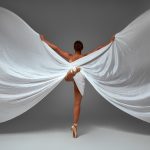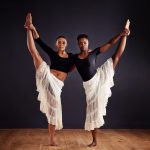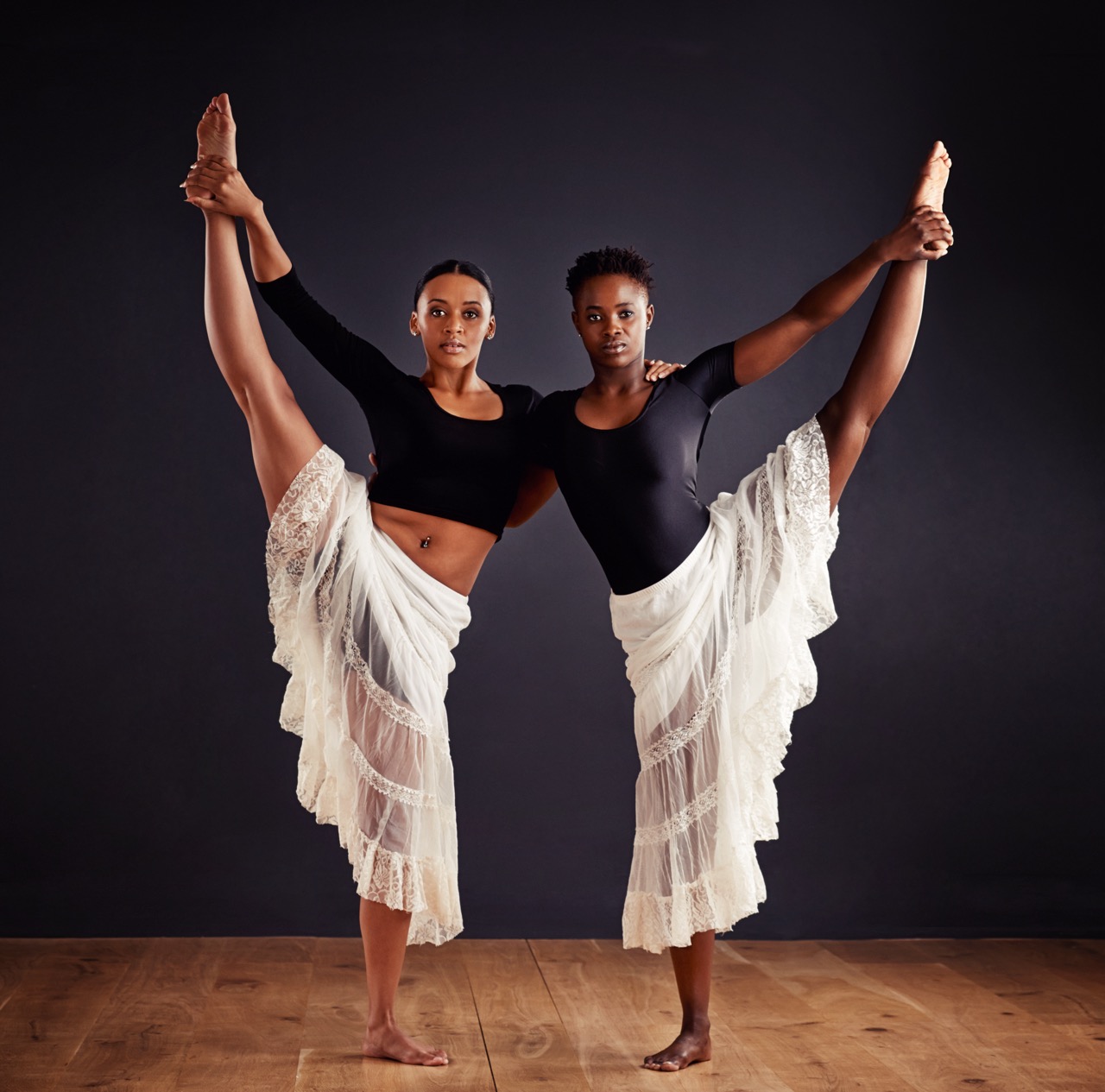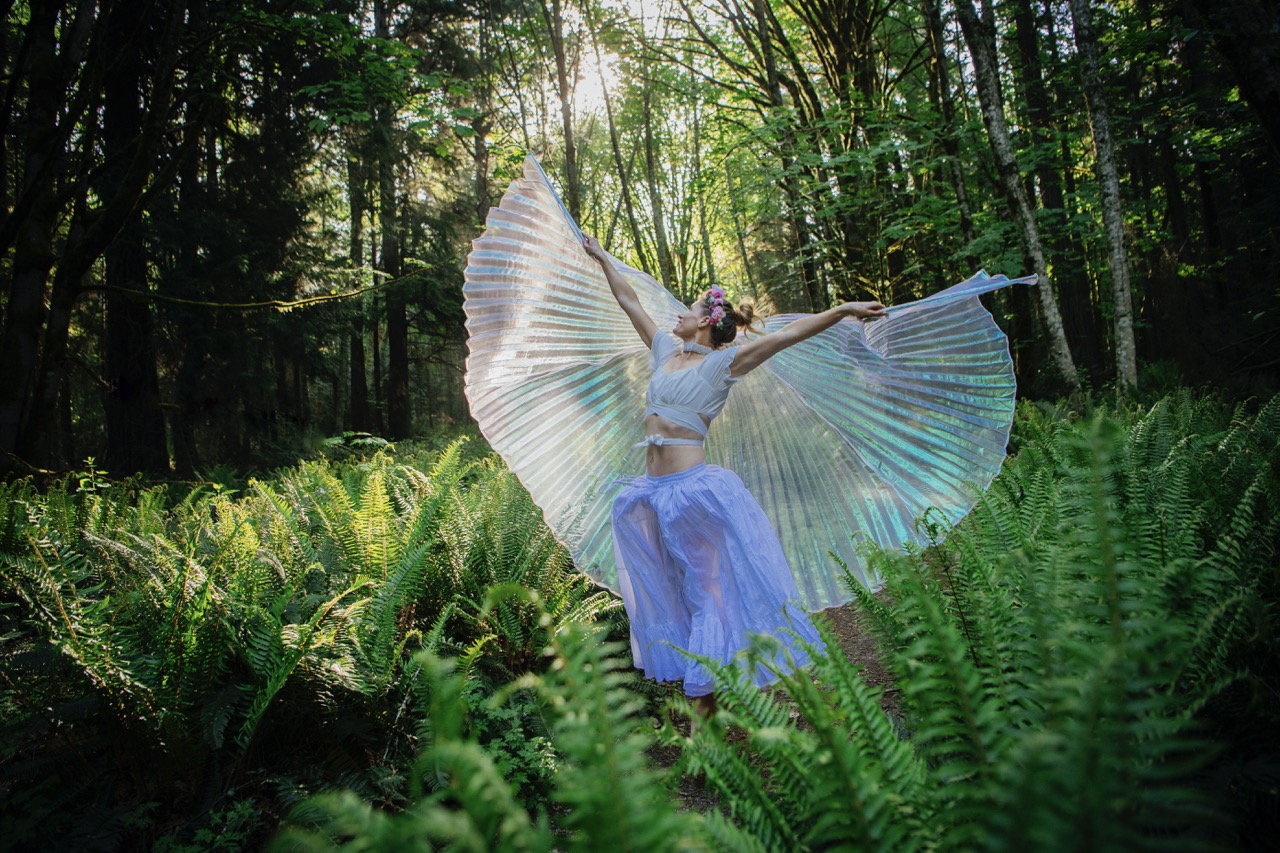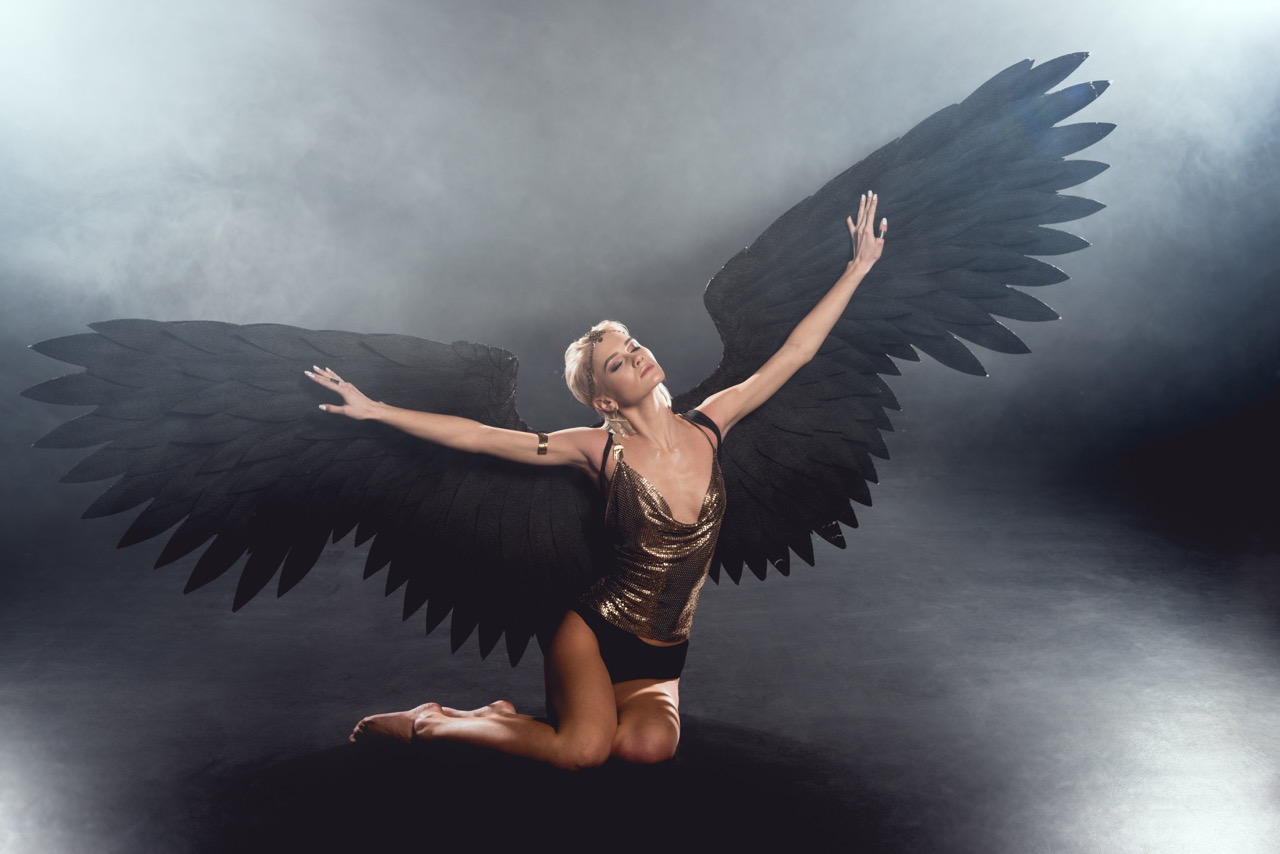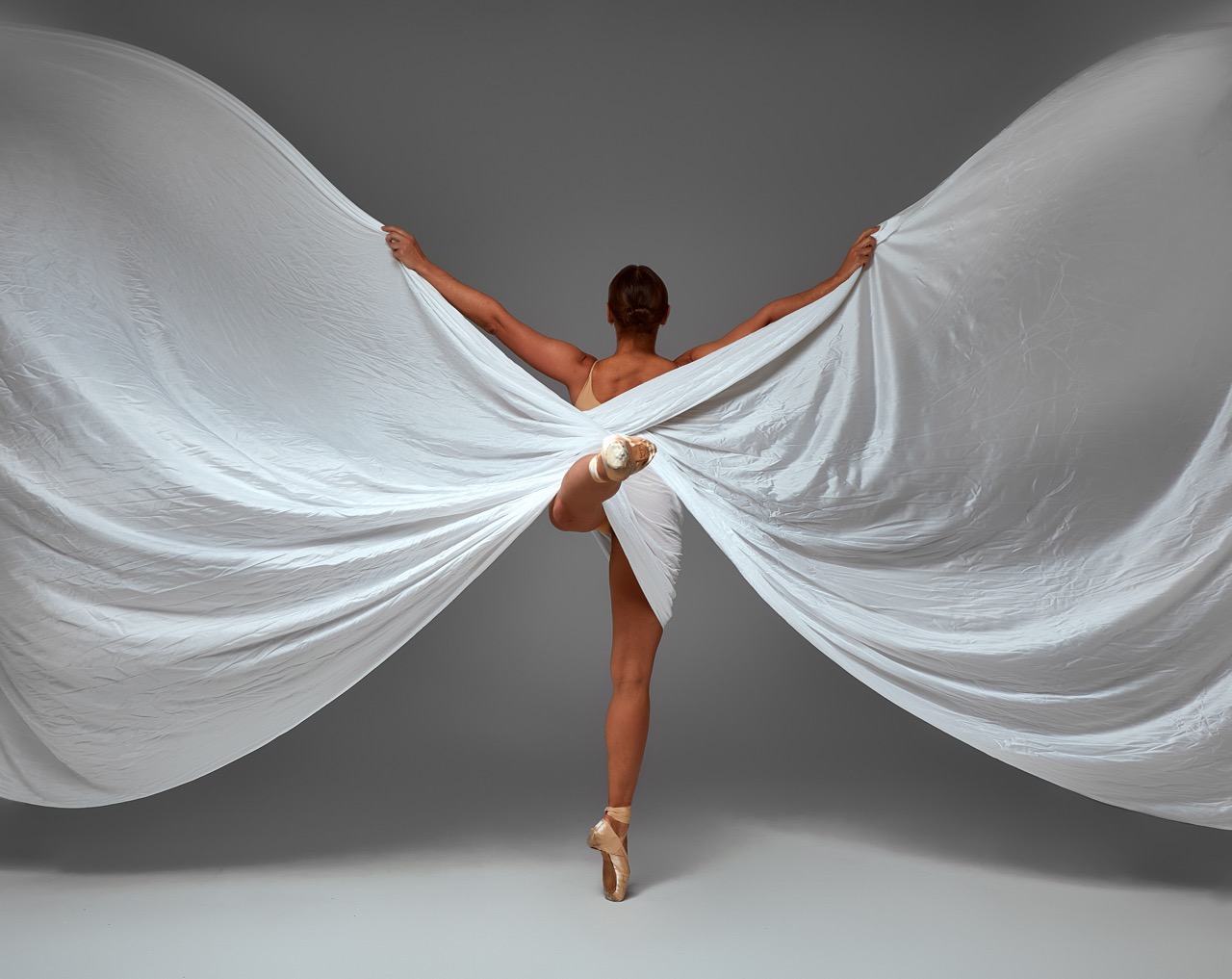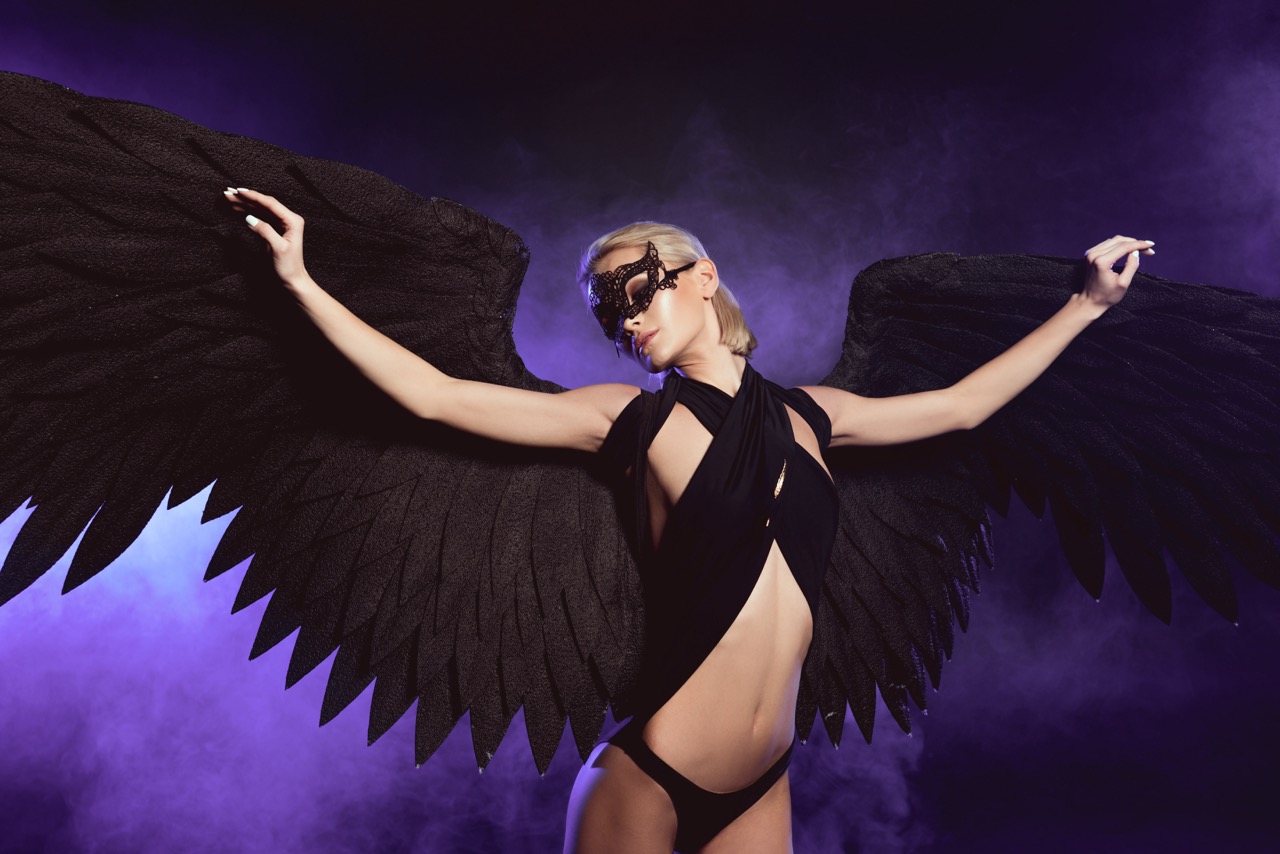In the realm of performance art, the fusion of movement, color, and fabric can evoke emotions and tell stories that words often cannot. Dance wings, an artistic innovation, have emerged as a powerful tool in creating breathtaking visual effects that enhance the overall narrative of a performance. This article delves into the myriad ways dance wings can amplify the artistry of movement, create immersive atmospheres, and transform the stage into a canvas of flowing fabrics.
Unleashing the Power of Dance Wings in Performance Art
Dance wings, often made of lightweight materials such as silk or chiffon, are traditionally worn by performers to create striking visuals through movement. When unfurled, they expand the dancer’s silhouette, producing an enchanting spectacle that can mesmerize audiences. This dramatic effect is not merely for aesthetic pleasure; it serves to elevate the narrative by emphasizing key moments within a performance. The sheer size and color of the wings can symbolize various themes, from freedom and transcendence to struggle and confinement, depending on the choreography and context.
Moreover, the versatility of dance wings allows performers to experiment with various styles and forms. They can be integrated into classical ballet, contemporary dance, or even theatrical performances, adapting to the emotional tone of each piece. As dancers move, the fabric catches the light and fills the space around them, creating a dynamic visual interplay that engages the viewer’s senses. This versatility broadens the scope for creative expression and encourages choreographers to push the boundaries of traditional dance.
Finally, the incorporation of dance wings provides an opportunity for collaboration among artists. Dancers, costume designers, and lighting technicians can work together to create cohesive visual stories that resonate with audiences. This synergy enhances the overall impact of the performance, transforming it into a multi-layered experience that captivates both the eyes and the heart. In this shared creative space, the dance wings become not just accessories but integral components of the storytelling process.
The Artistry of Movement: Elevating Visual Storytelling
Movement is the heartbeat of dance, and dance wings amplify this vitality by adding depth and dimension to each gesture. As dancers flow through their routines, the wings enhance the lines and shapes created by their bodies, making each movement more expressive and dramatic. This heightened visual appeal allows audiences to connect more deeply with the performers’ emotions, facilitating a richer understanding of the story being told.
The artistry of movement is further enhanced by the choreography designed to complement the wings. Choreographers can create sequences that synchronize with the unfolding of the fabric, allowing for a harmonious blend of body and material. For instance, a swift turn can send the wings soaring outward, while a gentle sway can make them billow softly, mirroring the dancer’s emotional state. This intricate relationship between movement and fabric creates a visual symphony that resonates with viewers, drawing them into the unfolding narrative.
Additionally, dance wings can serve as a narrative device in themselves. They can symbolize transformation, heralding change in the story or the character’s journey. For example, a dancer may start with closed wings, representing confinement or struggle, and as the performance progresses, the wings unfurl to signify liberation and growth. This powerful visual metaphor can leave a lasting impression on the audience, reinforcing the narrative’s themes and emotions.
Creating Atmosphere: Dance Wings in Theatrical Settings
The atmosphere of a theatrical performance can be dramatically altered through the use of dance wings. In smaller venues, the intricacies of the wings can create an intimate ambiance, drawing the audience closer to the emotions being portrayed. In larger productions, the expansive nature of the wings can fill the stage, providing a canvas for grand narratives and epic storytelling. This adaptability makes them a valuable asset in various theatrical settings.
Lighting plays a crucial role in enhancing the effects of dance wings. When illuminated strategically, the wings can take on an ethereal quality, casting shadows and reflections that dance along with the performer. This interplay of light and fabric transforms the stage into a vibrant tapestry, adding layers of visual interest that captivate audiences. The careful coordination of lighting with the choreography can create moments of breathtaking beauty, elevating the overall performance to new artistic heights.
The use of dance wings also encourages immersive storytelling by allowing the audience to experience the emotions of the characters more viscerally. As the wings flutter and sway, they generate a sense of movement and energy that echoes the characters’ journeys. This dynamic element engages the audience on an emotional level, making them feel as though they are part of the story unfolding before them. In this way, dance wings not only enhance the visual spectacle but also deepen the connection between the performers and their audience.
Transformative Effects: The Magic of Flowing Fabrics
The transformative nature of dance wings lies in their ability to turn a simple performance into an extraordinary visual experience. Flowing fabrics have the power to evoke a spectrum of emotions; they can convey serenity, chaos, or even surrealism, depending on how they are manipulated during the dance. This adaptability enables the performers to explore complex themes, using the fabric as a vessel for emotional expression that resonates with the audience.
The tactile nature of the fabrics used in dance wings also plays a pivotal role in their transformative effects. The textures can vary from smooth and silky to rough and textured, each contributing to the overall aesthetic of the performance. As dancers interact with their wings, the way the fabric drapes and flows can change the audience’s perception of movement, making it feel more organic and alive. This tactile interaction invites viewers to not only watch but also feel the emotions conveyed through the fabric’s movement.
Lastly, the transformative effects of flowing fabrics are amplified by the physicality of dance. The synchronicity between the dancer’s body and the dance wings creates a visual dialogue that captures the audience’s attention. As the dancer weaves through the space, the wings can take on various forms—sometimes resembling birds in flight, other times appearing as waves in the ocean. This fluidity invites the audience to interpret the performance in their own way, making the experience personal and unique.
Dance wings are more than just vibrant adornments for performers; they are a potent artistic tool that can profoundly influence the visual and emotional landscape of any performance. By unleashing the power of movement, elevating storytelling, creating immersive atmospheres, and transforming the stage with flowing fabrics, dance wings have redefined the possibilities of performance art. As artists continue to explore and innovate, we can anticipate an even more dazzling array of visual experiences that will inspire and captivate audiences for years to come.


